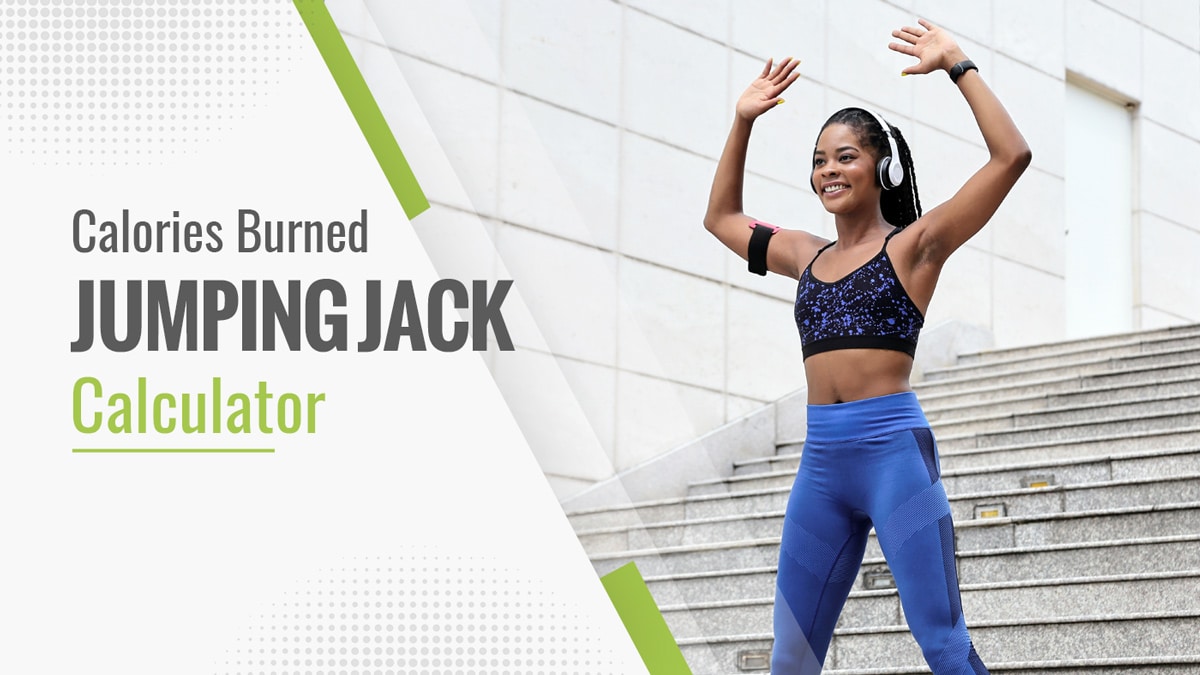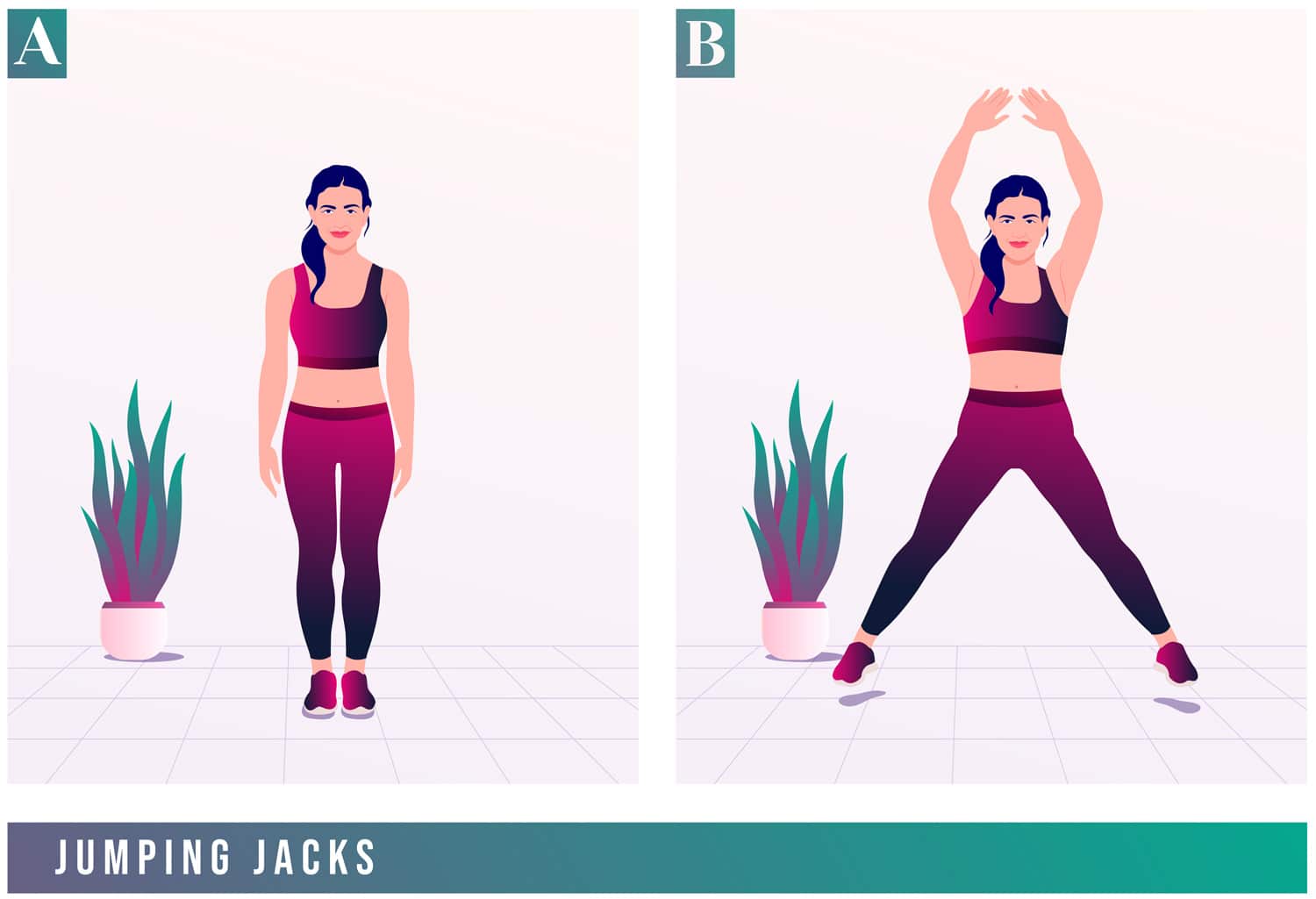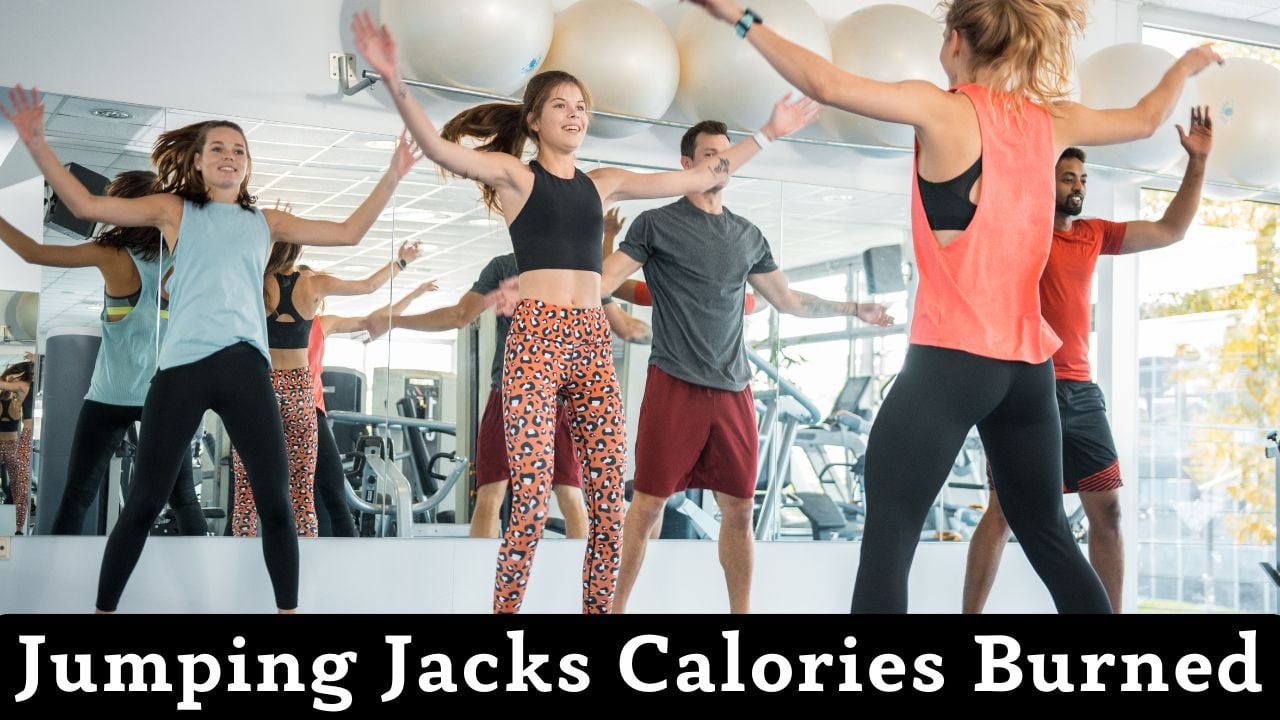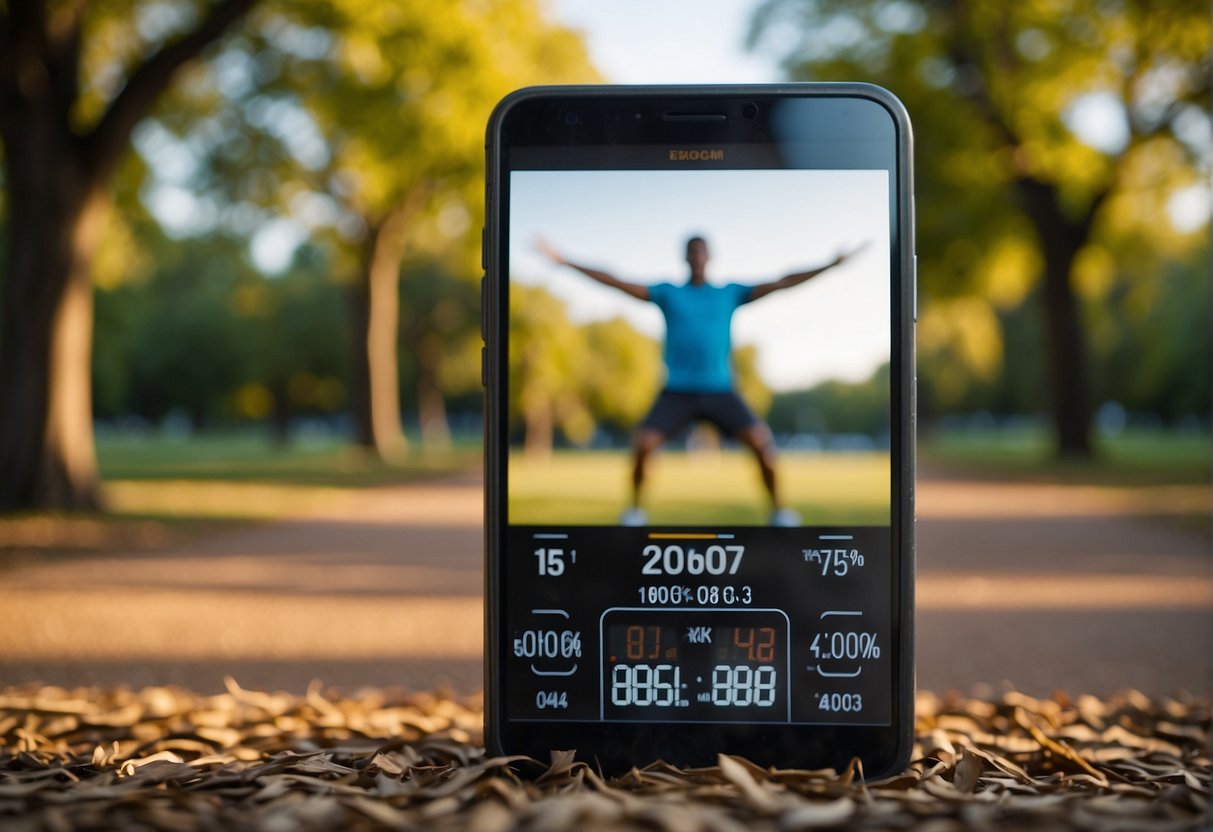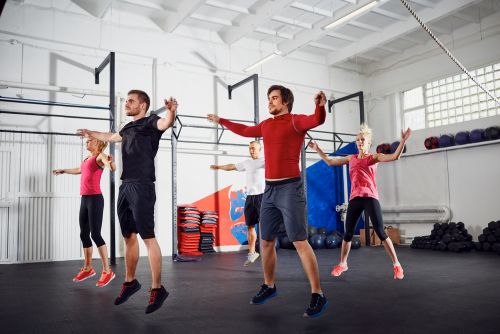How Many Calories Do You Burn Jumping Jacks

In a world obsessed with fitness and weight management, simple exercises often get overlooked. The humble jumping jack, a staple of school gym classes and military drills, might seem too basic to make a significant impact. But how many calories does this ubiquitous exercise actually burn, and is it a worthwhile addition to your fitness routine?
This article delves into the science behind the jumping jack, examining the factors that influence calorie expenditure and providing a realistic assessment of its effectiveness as a tool for weight loss and overall fitness. We'll explore the various elements that determine how much energy you expend, compare jumping jacks to other exercises, and offer expert insights on how to maximize their benefits.
The Calorie Burn Breakdown
The number of calories burned during jumping jacks is not a fixed figure. It varies significantly based on several individual factors. These include your weight, intensity, and the duration of the exercise.
Generally speaking, a person weighing around 150 pounds (68 kg) can expect to burn approximately 100 calories for every 10 minutes of jumping jacks performed at a moderate pace. However, this is just an estimate. Heavier individuals will burn more calories due to the increased energy required to move their body mass.
Conversely, lighter individuals will burn fewer calories. It is important to remember that these are averages; your personal calorie burn may vary.
Factors Influencing Calorie Expenditure
Weight: As mentioned earlier, a heavier person requires more energy to perform any physical activity, including jumping jacks. This is because they are moving a larger mass against gravity.
Intensity: The pace at which you perform jumping jacks significantly impacts calorie burn. Faster, more vigorous jumping jacks require more energy and therefore burn more calories. Incorporating variations like power jacks (with deeper squats) can also increase intensity.
Duration: Naturally, the longer you perform jumping jacks, the more calories you will burn. Consistency is key when it comes to seeing results.
Metabolism: Your basal metabolic rate (BMR), the rate at which your body burns calories at rest, also plays a role. Individuals with a higher BMR tend to burn more calories overall, including during exercise.
Age and Gender: These also play a role, as men generally have more muscle mass than women and muscle burns more calories than fat. Age also affects metabolism, which typically slows down as we get older.
Jumping Jacks vs. Other Exercises
While jumping jacks are a convenient and accessible exercise, it’s important to compare their calorie-burning potential to other popular activities. For example, running typically burns more calories per minute than jumping jacks.
According to the American Council on Exercise (ACE), a 150-pound person might burn around 120 calories running at a 5 mph pace for 10 minutes. Swimming, cycling, and high-intensity interval training (HIIT) are other exercises that can potentially burn more calories in a shorter amount of time.
However, jumping jacks have distinct advantages. They require no equipment, can be done anywhere, and are a low-impact option compared to running for some individuals. The accessibility of jumping jacks makes them a sustainable option for many.
The Benefits Beyond Calorie Burn
While calorie expenditure is a significant factor for many, jumping jacks offer a range of other health benefits. They are a cardiovascular exercise, which means they strengthen the heart and improve blood circulation.
Jumping jacks also work multiple muscle groups, including the legs, arms, and core. This helps to improve overall muscle tone and endurance. Furthermore, they can improve coordination and balance.
Regular jumping jacks can contribute to improved bone density, which is particularly important for preventing osteoporosis. This is due to the weight-bearing nature of the exercise.
Expert Perspectives
Fitness experts generally agree that jumping jacks are a valuable exercise, particularly for beginners and as part of a warm-up routine.
"Jumping jacks are a great way to get your heart rate up and prepare your body for more intense exercise," says Dr. Michael Joyner, a researcher at the Mayo Clinic studying human performance.
However, experts also caution against relying solely on jumping jacks for significant weight loss. Registered Dietician, Sarah Koszyk, advises combining jumping jacks with a balanced diet and other forms of exercise for optimal results. She stresses the importance of a holistic approach to fitness.
"Variety is key," Koszyk explains. "Incorporating different types of exercise will help you avoid plateaus and keep your body challenged."
Maximizing Your Jumping Jack Workout
To get the most out of your jumping jack routine, consider these tips. Focus on maintaining proper form to prevent injuries. Keep your core engaged and land softly on your feet.
Vary your routine by incorporating different jumping jack variations, such as power jacks, plank jacks, or lateral jumping jacks. This will target different muscle groups and prevent boredom.
Gradually increase the duration and intensity of your workouts over time. This will help you continue to challenge your body and see results. Listen to your body and take breaks when needed.
Looking Ahead
While the exact number of calories burned by jumping jacks varies from person to person, their accessibility and versatility make them a valuable addition to any fitness plan. Don't dismiss the power of this simple exercise. The key is to incorporate them strategically as part of a broader, more comprehensive approach to health and wellness.
Future research could explore the specific impact of different jumping jack variations on calorie expenditure and muscle activation. Personalized fitness tracking technology could also provide more accurate estimates of individual calorie burn during jumping jacks. This would allow for more tailored exercise recommendations.


